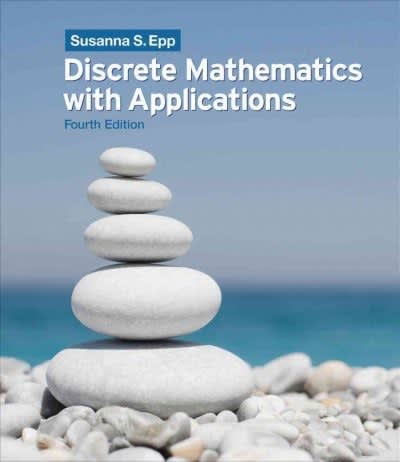Question
An experiment was conducted where paper brightness (measured by a reflectance meter) was recorded for paper samples produced using 4 different settings (a,b,c,d). Here is
An experiment was conducted where paper brightness (measured by a reflectance meter) was recorded for paper samples produced using 4 different settings (a,b,c,d). Here is a summary of the dataset:
brightness setting Min. : 59.80 a:5 1st Qu.: 60.00 b:5 Median : 60.50 c:5 Mean : 60.40 d:5 3rd Qu.: 60.73 Max. : 61.00
We wish to test: H0 : u1 = ... = u4 Ha: at least one uj
is not equal to the others
at the 1% significance level, where uj is the mean brightness for the subpopulation of paper produced in the jth setting, j = 1, 2, 3, 4. Using R, an ANOVA table was computed:
Df Sum Sq Mean Sq F value Pr(>F) setting 3 1.34000 0.44667 4.2039 0.02261 * Residuals 16 1.70000 0.10625
(a) What must we assume about these data to conduct this hypothesis test?
(b) Using the output above, report the test statistic realization. What is the distribution of the test statistic when H0 is true? State the values for its parameters.
(c) Report the p-value for this test and state the conclusion.
(d) If H0 is true, and we planned to independently repeat this experiment, what is the probability of observing a new p-value that is greater than our current p-value?
Step by Step Solution
There are 3 Steps involved in it
Step: 1

Get Instant Access to Expert-Tailored Solutions
See step-by-step solutions with expert insights and AI powered tools for academic success
Step: 2

Step: 3

Ace Your Homework with AI
Get the answers you need in no time with our AI-driven, step-by-step assistance
Get Started


